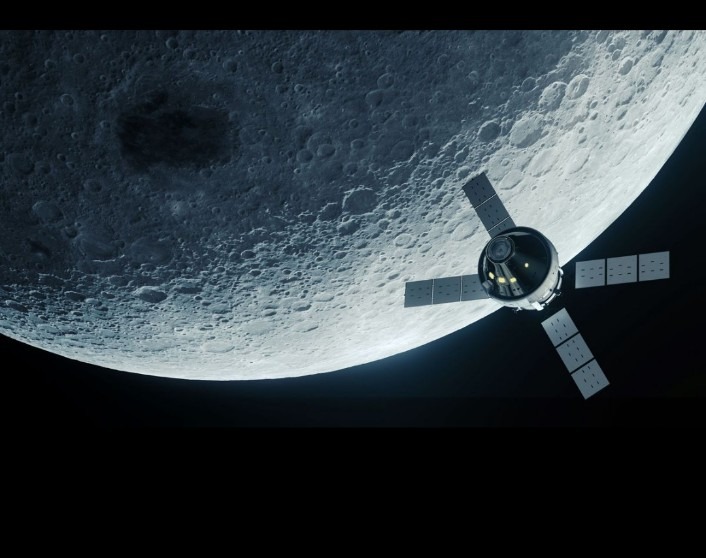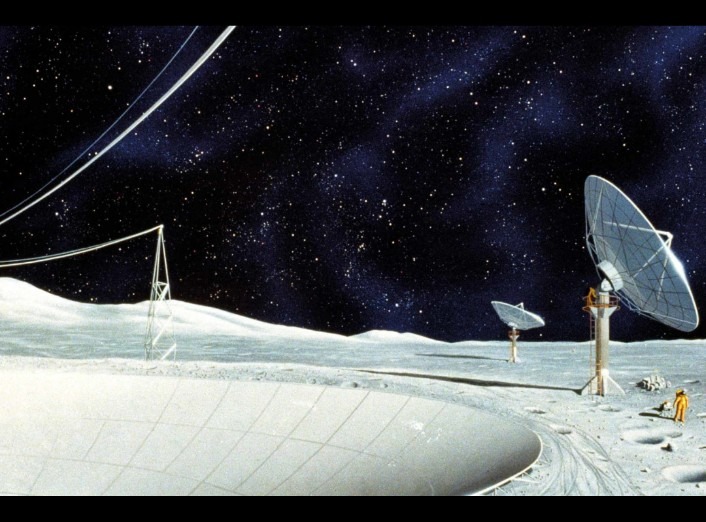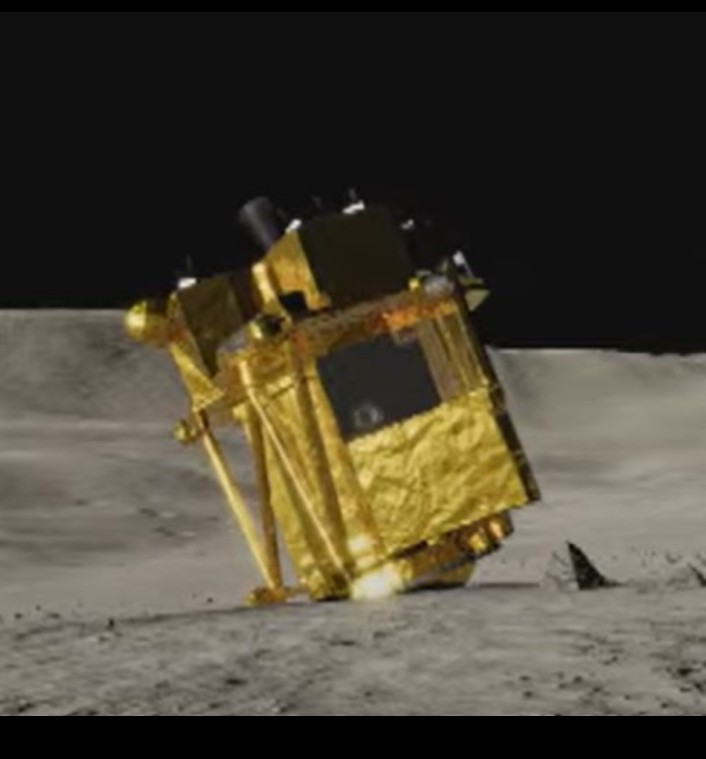
The first amateur radio station on the moon, JS1YMG, has been established by the Japan Aerospace Exploration Agency (JAXA) as part of the Smart Lander for Investigating Moon (SLIM) mission. Two lunar surface probes, LEV-1 and LEV-2, were deployed before touchdown. LEV-2 collects data on the lunar surface, while LEV-1, holding the amateur radio license JS1YMG, receives the data and transmits Morse code on 437.41 MHz since January 19, 2024, using a 1 W UHF antenna with circular polarization.
Thank you for reading this post, don't forget to subscribe!

Prior to this, amateur radio operators employed Earth-Moon-Earth (EME) communication, or moon bounce, to communicate globally. This technique relies on radio waves from an Earth-based transmitter being reflected off the moon and received on Earth. EME communication requires specialized equipment and careful planning due to factors such as the moon’s position, time of day, season, and weather.

Signals from JS1YMG have been analyzed and decoded, as demonstrated by Daniel Estévez’s (EA4GPZ) blog, showcasing the method and results for demodulating Morse code from the signal. However, the duration of signal transmission is uncertain, as SLIM was not designed to survive a lunar night lasting about 14 days.
